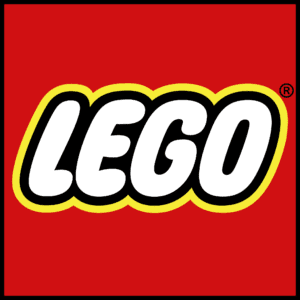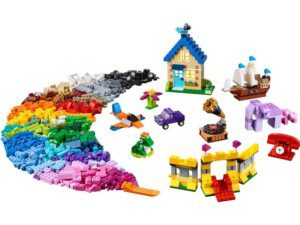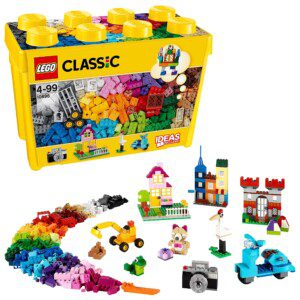 Lego is a constructible, connectable and collaborative toy that was invented in 1932 by Danish man Ole Kirk Christiansen. The original name for Lego was ‘Leg Godt,’ which means Play Well in Danish. This was shortened to Lego, which, as you may have noticed, is a combination of the first two letters of both words. At the time of its invention, the only six colours available were yellow, blue, red, black, white and trans-clear. As of 2020, Lego has 41 solid colours, as well as 15 transparent colours (including glow-green), five metallic colours and 17 legacy colours (meaning they have been retired).
Lego is a constructible, connectable and collaborative toy that was invented in 1932 by Danish man Ole Kirk Christiansen. The original name for Lego was ‘Leg Godt,’ which means Play Well in Danish. This was shortened to Lego, which, as you may have noticed, is a combination of the first two letters of both words. At the time of its invention, the only six colours available were yellow, blue, red, black, white and trans-clear. As of 2020, Lego has 41 solid colours, as well as 15 transparent colours (including glow-green), five metallic colours and 17 legacy colours (meaning they have been retired).
There are currently at least 3,700 lego pieces, including bars, wheels, tires and Technic. There are lots of different Lego elements, and here are the main ones:
-Bricks: Bricks are the main element of Lego
-Plates: 3 plates stacked on top of eachother form the same height as a brick.
-Tiles: Tiles are the same as plates, but they don’t have the bumps on top of them, known as ‘Studs.’
-Wheels: Wheels are another common element in lego, from 11mm wide, to 75mm wide.
-Tires: Tires are made of rubber, and they wrap around the wheel. Did you know that Lego is the world’s largest tire manufacturer?
-Bars: Bars are thin elements that are compatible with clips, and can fit perfectly inside a hollow stud.
-Clips: Clips have one main use: to clip onto a bar.
-Technic: Technic is a form of Lego for older people, as it is more advanced. Using Technic parts, you can create moving structures and sculptures, such as a car with moving wheels. This can be used to your advantage, as you are able to move and bend pieces to create different shapes that you wouldn’t be able to create with normal Lego elements.
Now that we have explored the world of Lego elements, we will now dive deeper into the way they actually connect. Lego connects through a basic system, called Studs and Inverted Studs. Studs are the bumps that are on top of (most) Lego elements. Lego bricks are hollow, and on the underside you will see that they have tubes. The gaps beside the tubes are where the Studs lock in. These are known as Inverted Studs. On specific Lego elements, you will see that the studs are hollow. As you have probably figured, these are  known as Hollow Studs. A bar will fit exactly inside of this, and the Stud will grip tightly to it.
known as Hollow Studs. A bar will fit exactly inside of this, and the Stud will grip tightly to it.
The last thing I have to talk about is SNOT. No, it’s not what you think. This SNOT is an acronym, standing for ‘Studs Not On Top.’ This also doesn’t make sense, as on most SNOT elements, there actually are usually Studs on top. The reason they call it this is because the studs are in the side, or sometimes even the bottom. SNOT can be used to get that tiny outset that you needed on the side of your spaceship, or the door handle on your almost-finished model car. I find that snot is one of the most helpful building techniques, and I use it on most of my models.
Anyway, that’s it from me, and I hope that you have learned a lot. Now get building!




